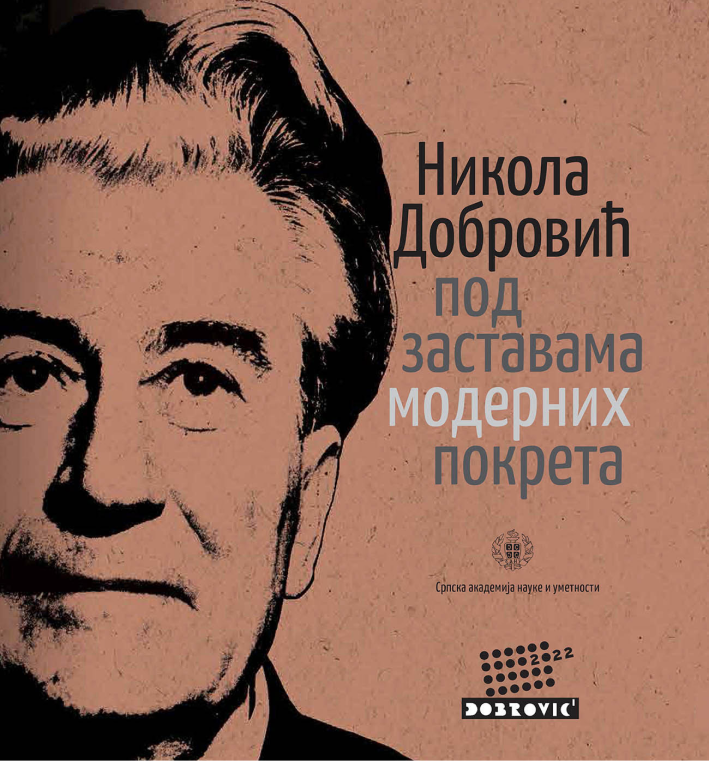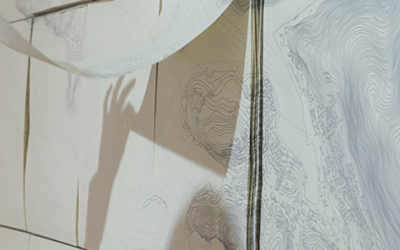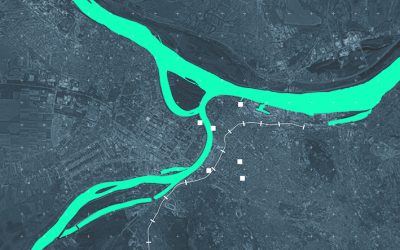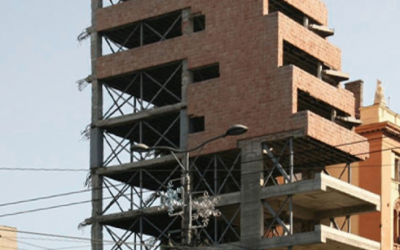Authors: Marta Vukotić Lazar and Bojan Кovačević
Tuesday, May 24, 2022, 19.00.
SANU Gallery, Knez Mihailova 35
Exhibition in commemoration of the 125th anniversary of the birth of Academician Prof. Nikola Dobrović (1897–1967), an architect, a member of the Serbian Academy of Sciences and Arts (SASA) and the Yugoslav Academy of Sciences and Arts (JAZU, today HAZU), has been envisaged as an exposure of multiple layers of his life and work. In the first place, the authors Marta Vukotić Lazar and Bojan Кovačević have in mind a silence that has partly encompassed the knowledge and awareness of this great man of Serbian architecture and culture in general, formerly Yugoslav and also Central European in terms of his life circumstances, the architect whose oeuvre is scattered around today’s European countries. One of the goals of this exhibition is to do a synoptic review and presentation of Dobrović’s oeuvre for the first time, not taking into account, not fully anyway, some collections about this architect.
Favourable circumstances of organizing the exhibition have been that the legacy of his projects and documents about his life and work are largely preserved and stored in the Museum of Science and Technology, a considerable part in the SASA Archive, and fragmentarily in smaller personal collections of documents. After all, there are not many episodes of Dobrović’s life and work that left no traces, and so his life can be completely reconstructed – and of course, presented.
As architectural poetics change and vary in large cycles of time, no oeuvre of the most important architects really gets forgotten, it is just a question of whether we are reminded of it, by whom and how often. In this sense, contemporary, current interpretations of Nikola Dobrović are extremely important and possible, and so the exhibition is not a “passive” memory of him as a representation of some previous or bygone decades, but understanding of the architect Dobrović as a virtual living interlocutor right here and now.
The second part of Dobrović’s life and career took place in the socialist state and social system of Yugoslavia and a good part of Europe, even in the countries where he was born and later studied, Hungary and Czechoslovakia, which both emerged from Austria-Hungary, whose parts later became part of Yugoslavia, the country in which Dobrović ended his life. After a period in which everything or almost everything from the ruling ideology of the 1950s and 1960s was challenged, during nominal democratization, we can now soberly look back at the reality of values we used to get rid of senselessly along the way. This especially refers to the total loosening of urban practice, which is the domain that Nikola Dobrović introduced into the heritage of this region after the World War II.
It so happened that only one Dobrović’s building was constructed in the territory of Serbia, the complex of the Ministry of Defence (this name was in line with the state system of the period at the time of construction) and the General Staff Building in Kneza Miloša Street in Belgrade. His greatest and most significant work, according to many, was severely destroyed in the NATO aggression in 1999, and most of the building has not been renewed to this day. At the end of 2005, the Government of the Republic of Serbia declared it a cultural property. The goal of the exhibition is to make this act and process current, which has been unreasonably delayed so far.
Last but not least, Nikola Dobrović is a great ambassador of culture, not only of architectural one. Along with his older brother Petar Dobrović, he was always part of extraordinary intellectual circles of the first two Yugoslavias, as a Serb born in Pécs in the Hungarian part of Baranya, often representing Serbia and Belgrade that would not have been inferior without him, but certainly had a comparative advantage with him. In addition to initiating the important course Contemporary Architecture and Urbanism at the Faculty of Architecture, University of Belgrade, Dobrović left his mark as a writer of around twenty books and many texts, thus laying the foundations of our contemporary culture in the domain of urbanity.
The exhibition will also present a part of the material available to the public for the first time, even to the professional one. The exhibition itself is part of the integral celebration of the 125th anniversary of the birth of this great architect, which includes a scientific conference, several publications in Serbian and English, a student competition, panel discussions and talks, organized in cooperation with the Belgrade International Architecture Week, the Faculty of Architecture and the Faculty of Philosophy University of Belgrade, Serbian Union of Architects, and the Academy of Architecture of Serbia.








